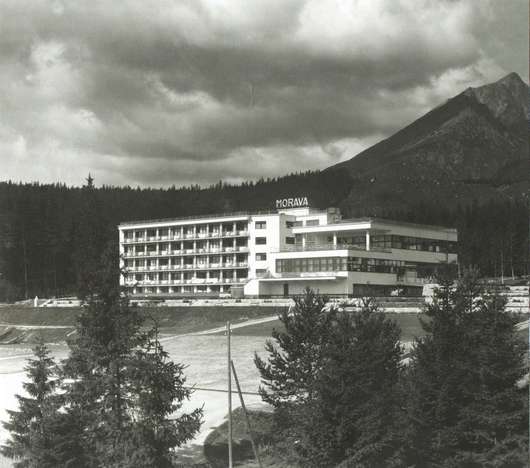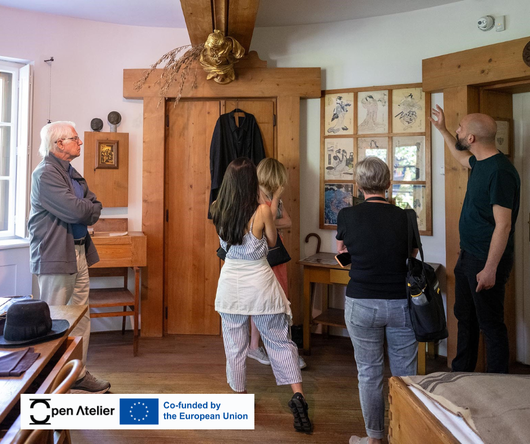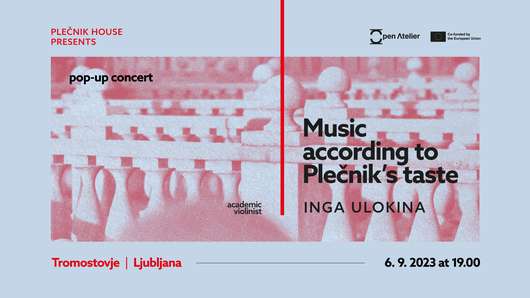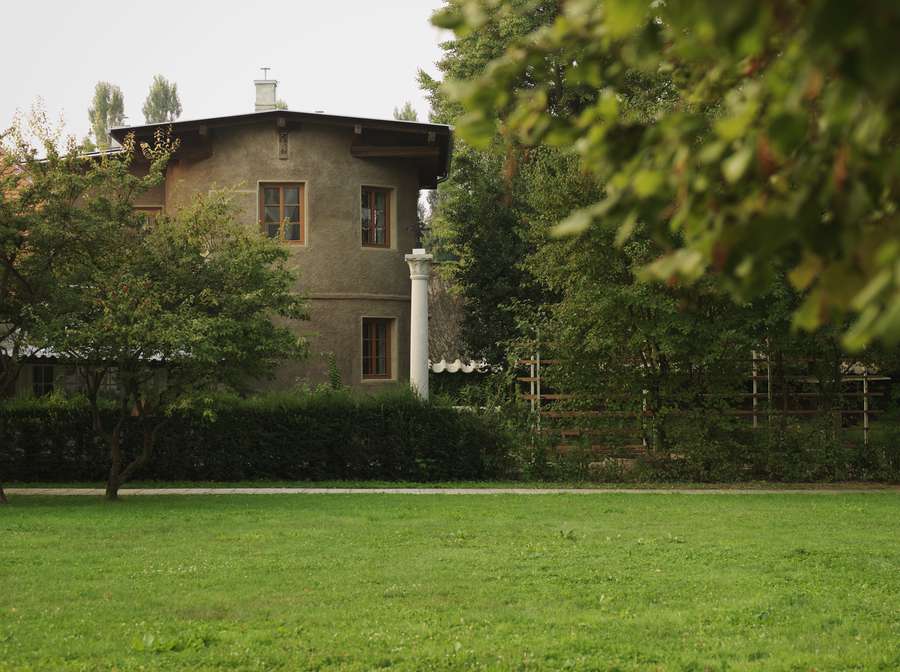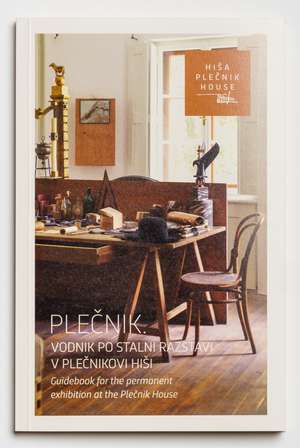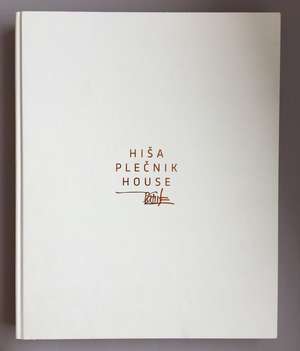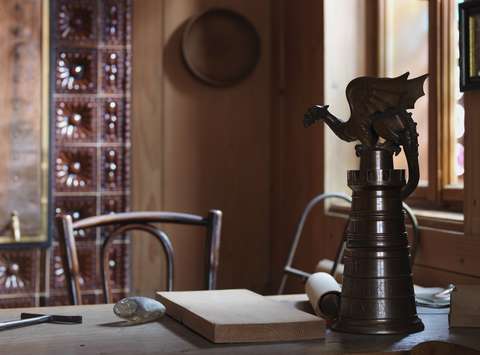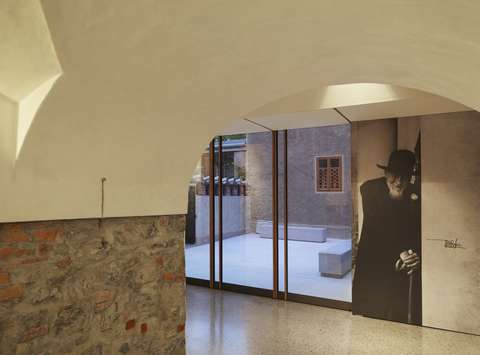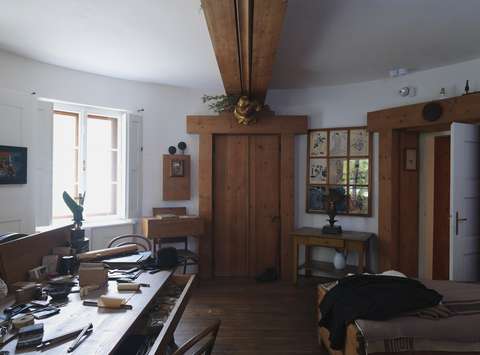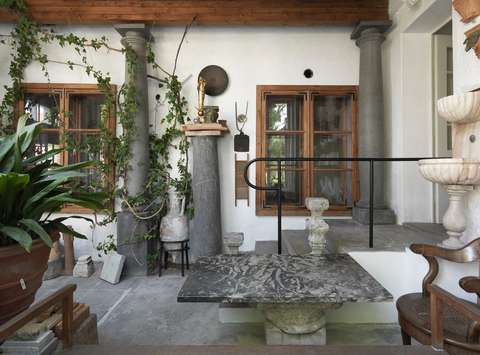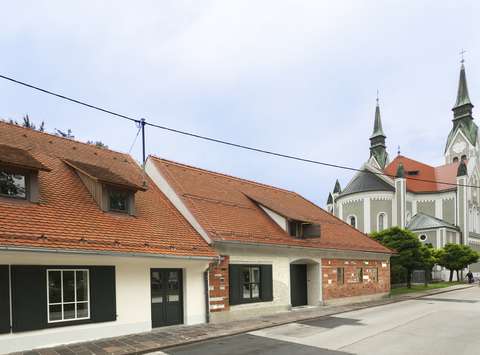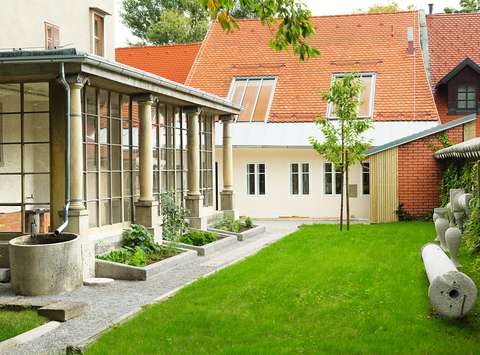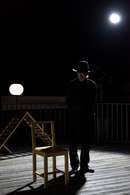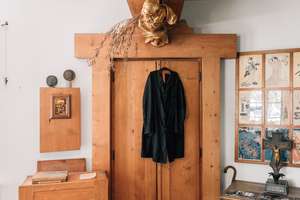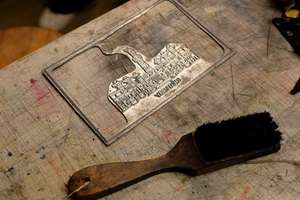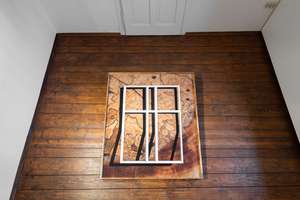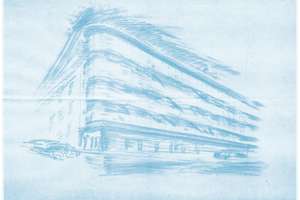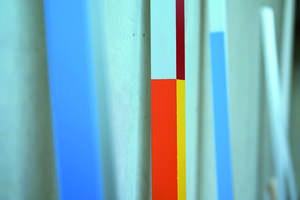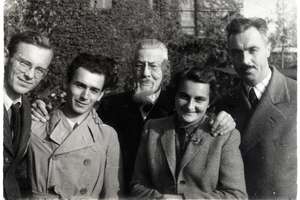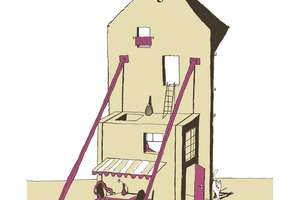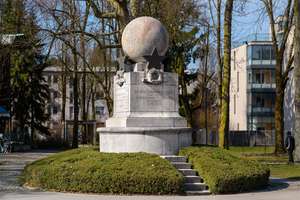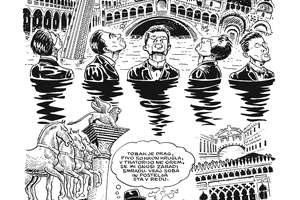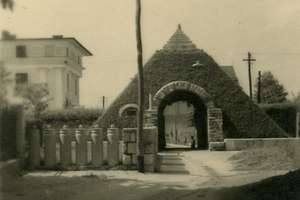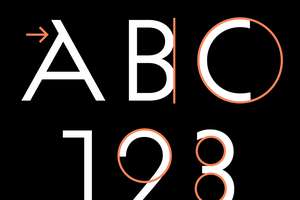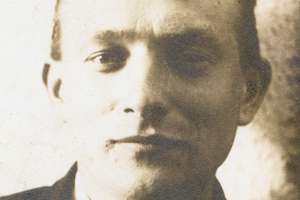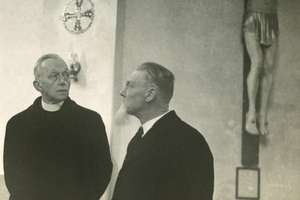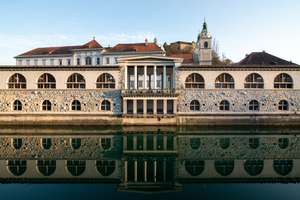Plečnik House with a permanent 'Plečnik' exhibition
“A tower, a mule, me and the garden” – that is how Jože Plečnik imagined his life when he didn’t know yet that after Vienna and Prague his native Ljubljana would be his lifetime’s environment for his creative work.
He didn’t have a mule, but the house in Trnovo where he moved into in 1921 soon got a tower – a cylindrical annexe with two round rooms on two storeys. After having bought the neighbouring houses, Plečnik added a garden to his home and later also an original winter garden as devised by the architect who left his mark on Vienna, Prague and Ljubljana in the first half of the twentieth century. Among the more interesting rooms are his studio, with desks bearing numerous instruments, plans and models; the spartan-looking bathroom complete with ingenious wood-heated shower; the small reception room, where he would receive friends and colleagues (note the stove with its built-in copper kettle); and the kitchen, containing his special chair that enabled him to eat and work at the same time. Having browsed around the house, it's hard to reconcile such a modest man with the grand structures that have left such an indelible mark on this city.
PLEČNIK – A NEW PERMANENT EXHIBITION
A novelty in the renovated Plečnik House is a permanent exhibition prepared by Ana Porok, the Plečnik collection’s curator at the Museum & Galleries of Ljubljana, who was assisted by her colleagues. In terms of content, the exhibition is divided into two parts, the architect’s works in Vienna, Prague and particularly Ljubljana, and his private life. In the entrance hall, the visitor comes to know Plečnik’s biography, the key events in his life and work, his contemporaries and the buildings of his time. Then two critical places of his creative work are presented – Vienna with Zacherl House and Prague with Prague Castle. The largest room is dedicated to presenting Plečnik’s works in Ljubljana; a model of Ljubljana highlighting Plečnik’s urban prospects and buildings. Some original designs are placed in the drawers of the base carrying the model and digital screens are located next to the model to allow for more detailed searches. A selection of Plečnik’s great projects in Ljubljana is presented on the walls: the Žale cemetery, the National and University Library, and the Main Market. In the following small room, Plečnik’s unrealised visions of Ljubljana are presented where special attention is paid to the Cathedral of Freedom, the architect’s vision of the Slovenian Parliament. The final exhibition space on the ground floor is the so-called Urška’s room where Plečnik’s housekeeper Urška Luzar lived during his lifetime. Plečnik’s personal world is put on display in here – his family and origin, his years of study, his contemporaries and his students. His personal photographs and items, awards, photographs and some objects Plečnik designed are shown here.
The opportunity to discover how perhaps the greatest Slovenian architect, Jože Plečnik, looks like a comic book hero lies in a graphic novel with the simple title 'Plečnik. (with a dot)'.
On the centenary of architect Jože Plečnik's settlement in his home in the district of Trnovo, which we commemorated in October 2021, a guidebook to the permanent exhibition at Plečnik ...
The book "Hiša Plečnik House: on the centenary of the purchase of the house at 4 Karunova street in the year of Plečnik House's comprehensive renovation (1915–2015)" offers a comprehensive ...
Location
Karunova 4–6
1000 Ljubljana
T +386 1 280 16 04 (reception)
T +386 1 241 25 06
E plecnik@mgml.si
Opening hours
Tuesday–Sunday: 10:00–18:00
Monday: Closed
1 January, 1 November, 25 December: Closed
24 and 31 December: 10:00–14:00
Tickets
Visits of the original Plečnik’s home are only possible with a guided tour that begins every full hour. In case the visitors on the guided tours come from different countries, each tour is conducted in two languages – Slovenian and English.
RECOMMENDED: you can buy your tickets online and book your date here.
For more information, please contact plecnik@mgml.si or +386 1 280 16 04.
Visiting the Plečnik House (price includes permanent exhibition Plečnik and a guided tour of Plečnik's home)
Adults: 9 €
Students: 7 €
Children: 7 €
Children up to the age of 6: Admission free
Adults over the age of 60: 7 €
Families: 18 €
Unemployed visitors: 7 €
Visitors with disabilities: 7 €
Free admission for carers
ICOM, PRESS, SMD: free admission
Guided tours for private groups of more than 7 visitors need to be booked at least 5 working days in advance.
Visiting the Plečnik House with a prior reservation
Groups of up to 5 persons: 50 €, 40 € at reduced price
Groups of over 5 persons: 10 €/person, reduced 8 €/person
Visiting the permanent exhibition Plečnik
Adults: 6 €
Students: 4 €
Children: 4 €
Children up to the age of 6: Admission free
Adults over the age of 60: 4 €
Families: 12 €
Unemployed visitors: 4 €
Visitors with disabilities: 4 €
Free admission for carers
ICOM, PRESS, SMD: free admission
News
In early November 2025, Plečnik House joined the network of UNICEF Safe Points – places where children and young people are always welcome, listened to, and safe.
As part of his official visit to Slovenia, the President of the Czech Republic, Petr Pavel, visited the Plečnik House yesterday, and stated, “It was an honour to visit the home of the man whose exceptional works marked the Prague Castle…”
This Saturday, 21 June 2025, the Plečnik House will host the final event of the European project Open Atelier, which is being implemented by the Museum and Galleries of Ljubljana (MGML), Plečnik House, in cooperation with partners from four European countries as part of the Creative Europe program. The event, which will continue in the evening with a program as part of the traditional Museums On a Summer Night, will also be the central celebration of the 10th anniversary of the reopening of the Plečnik House after its thorough renovation in years 2013–2015.
On this year's Museums On a Summer Night, on Saturday, 21 June 2025, at 9:00 PM, a live radio performance of the text Mojster [ eng: Master] by director and author Jaša Koceli will premiere in the garden of the Plečnik House. The event, which is a co-production of the 3rd programme of Radio Slovenia - Ars and the Museum and Galleries of Ljubljana, brings an audio dedication to the architect Jože Plečnik in the authentic environment of his home in Trnovo.
Activities within the EU project Open Atelier (Creative Europe) are in full swing at Plečnik House, MGML. In 2025, we are connecting the project with a special occasion – the 10th anniversary of the museum’s reopening after its thorough renovation – and using it as an opportunity to develop a layered upgrade of the permanent exhibition at Plečnik House. The project brings together the creative energy of students, the expertise of mentors, and the legacy of one of Slovenia’s most important architects.
Events
